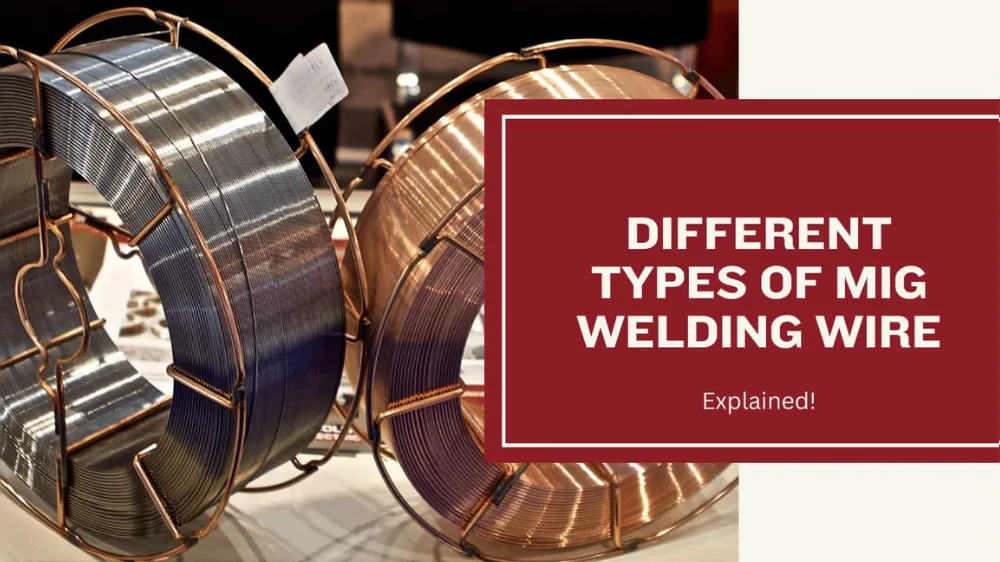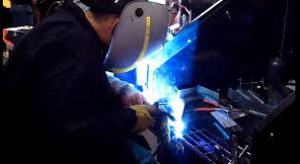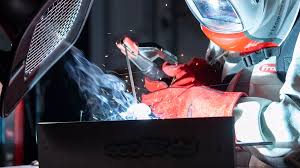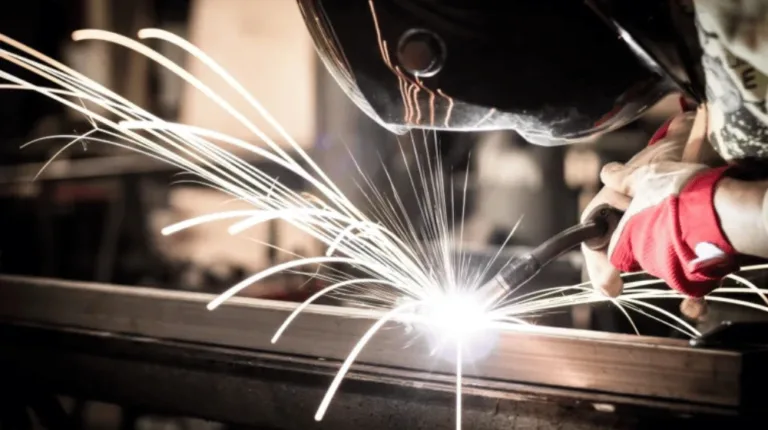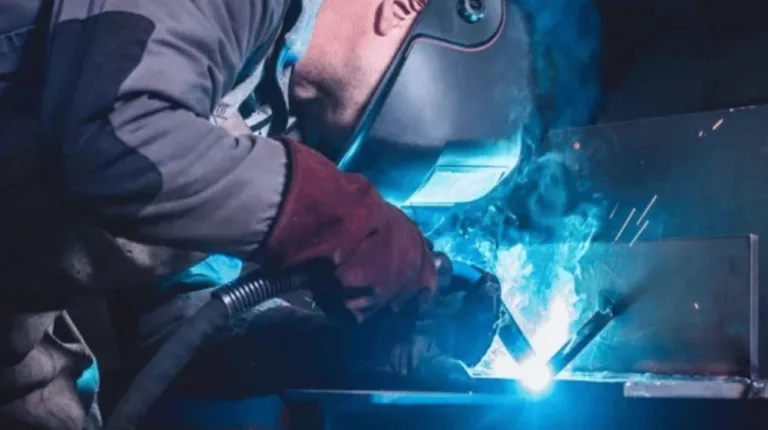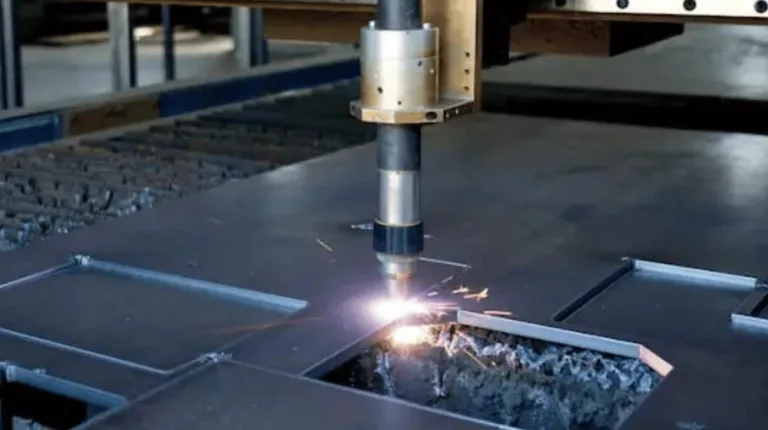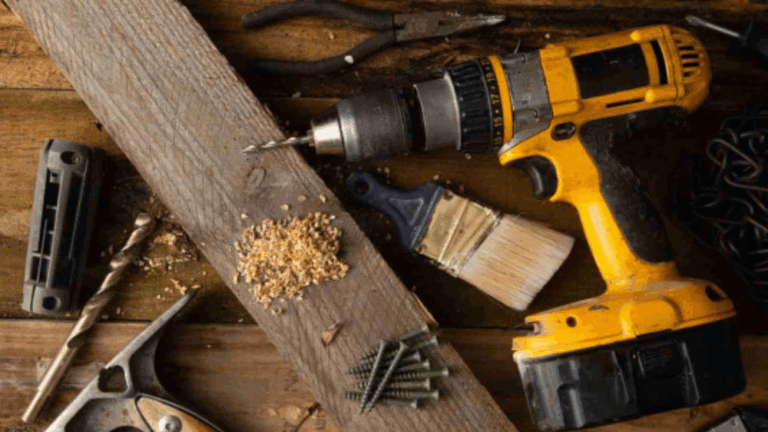How to Choose the Right MIG Welding Wire is the key to powerfull, clean, and lasting welds. Many beginners struggle because they don’t know which wire fits their project or metal type. In this blog, I explain how MIG wires work, how to choose the right one for different metals, and a few tips that help you get perfect welds every time.
Understanding MIG Welding Wire
Every welder needs to know what MIG wire actually does. Here I explain how it works and why choosing the right type makes all the difference.
What Is MIG Welding Wire?
MIG welding wire serves as a both electrode and filler metal in welding. When the base metal melts, so does it melt the pieces together and forms strong seams. Just by changing the kind of wire that is used in welding you can have a big effect on how smooth, deep and clean welding looks.
Why MIG Wire Selection Matters
Attaching incorrect wire is equivalent to producing weak welds, spatter and feeding problems. The right wire ensures a stable arc, deep penetration results that save both time and materials.
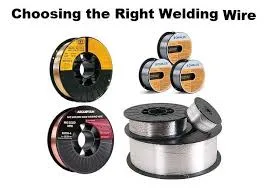
Different Types of MIG Welding Wire – Best 3 Types!
Each type of wire is designed for specific conditions and materials. Here, I explain the three main types you’ll come across.
1. Solid MIG Wire – Best for Indoor Projects
This wire uses shielding gas and gives smooth, spatter-free results. It’s ideal for thin metal sheets, car body repairs, and fabrication projects that require precision and a clean finish.
2. Flux-Cored Wire – Great for Outdoor Welding
Flux-cored wire doesn’t need a gas tank because it has flux inside that shields the weld. It’s perfect for outdoor or windy areas and handles thick metals and structural welding easily.
3. Metal-Cored Wire – Ideal for High Productivity
Metal-cored electrodes are faster for welding and give cleaner results than ordinary wire. Therefore, they are being more and more widely applied in heavyweight structural and mechanical work requiring efficiency as well as strength.
Choosing MIG Wire by Metal Type – Best 3 Options!
Not all metals react the same to heat. Here, I explain which MIG wires work best for different materials.
1. Mild Steel – Strong and Reliable
Use ER70S-6 wire for mild steel. It gives deep penetration and smooth arcs, especially when combined with argon and CO₂ gas. It’s the most common choice for general fabrication and automotive use.
2. Stainless Steel – Clean and Durable
ER308L or ER309L wire is easiest for stainless steel. It resists erosion and keeps the steel looking shiny and new. They are used for industries requiring food-grade levels of cleanliness, medical work and ornamentation. The cost is rather high but then again, what you pay is what you get.
3. Aluminum – Lightweight and Demanding
ER4043 and ER5356 are the best wires for aluminum welding. Use a Teflon liner and smooth rollers to prevent wire feeding problems, as aluminum is soft and tricky to handle.

Choosing the Right Wire Size
Wire size affects how your weld penetrates and how much control you have. Here I explain which sizes fit your job best.
1. 0.6mm to 0.8mm – Best for Thin Materials
These smaller wires are perfect for sheet metal, car panels, and light repairs. They provide better control and prevent burn-through on thin materials.
2. 0.9mm to 1.2mm – Ideal All-Rounders
This wire range is good for most types of fabrication job. It can weld mild and stainless steel so it has good penetration. Moreover, it can give a small enough heat zone to make a weld less critical in its shape.
3. 1.6mm and Above – Heavy-Duty Performance
Thicker wires are used in structural, industrial applications. They carry heavy steel plates and produce durable welds confidence in load-bearing capabilities.
Pro Tips for Choosing MIG Welding Wire
If you know what you must avoid and what it is you’re looking for, you can save a lot of time and money.. Here I explain a few pro tips that make selection easier.
1. Store Wires Properly
Moisture ruins MIG wires and causes rust. Always store your spools in a dry, clean area to keep performance consistent.
2. Match the Gas and Wire
Not every gas fits every wire. Always pair the right shielding gas for your chosen wire type and metal to avoid poor fusion.
3. Test Before Final Welding
A quick test weld on a piece of scrap metal will help you check out your setup, The top priority is making sure that your wire is running smoothly before launching into your main project.
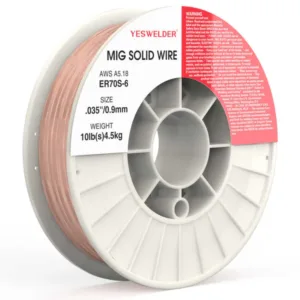
Conclusion
Matching your wire type and size with the metal you use, keeping your setup clean, and practicing before every job is a sure way to get good results. Some of the smaller details and proper beforehand preparation can produce pro quality work. You have to keep a clean lens and wear clear glasses all the time to prevent yourself from getting hurt when welding.
FAQ’s
Q1. What’s the best MIG wire for beginners?
ER70S-6 solid wire is best for beginners because it’s easy to control and gives clean results.
Q2. Can I use gasless flux-cored wire?
Yes, flux-cored wire needs no shielding gas and is ideal for outdoor welding work.
Q3. What wire size is best-suited to weld car panels?
Use 0.6mm or 0.8mm wire for thin panels to secure burn-through and remain welds smooth.
Q4. Can I MIG weld aluminum with regular wire?
No, you require particular aluminum wires like ER4043 or ER5356 and an actual feeding setup.
Q5. Why is my MIG wire rusting?
Exposure to moisture or poor storage causes rust. Keep spools sealed and dry to maintain wire quality.

